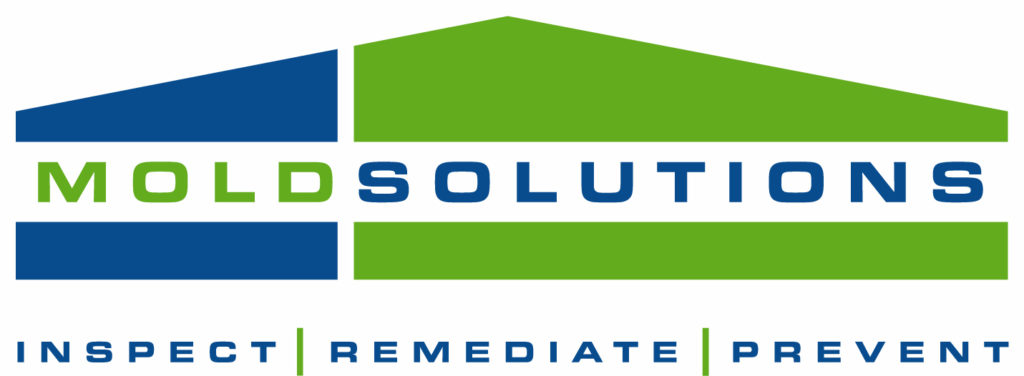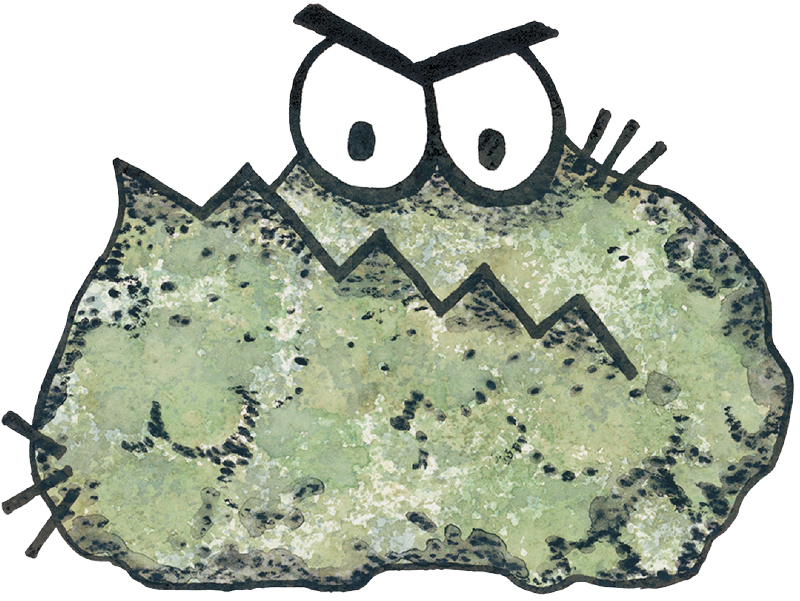FAQ
Are The Materials You Use Toxic?
For over 29 years, our EPA-registered microbe preventatives have been used in thousands of products such as air filters, hospital drapes, hospital clothing, wound dressings, socks, baby mattresses, and baby diapers, and trusted by top companies including Nike, Reebok, New Balance, Rockport, Brillo Pads and Franklin Sports.
Recently, Dade County Florida used our materials to treat 6 schools as part of a major study to determine the effectiveness of antimicrobial treatment in a school on improving children’s attendance. Back in 1976, Dow Corning spent over $2 million on studies and research ensuring this product received EPA registration – a very significant investment at the time.
Is There A Smell? What Does It Smell Like?
Yes, there is an aroma. Our product does not volatilize, dissipate, or leach onto other surfaces or into the environment. Its chemistry polymerizes where it is applied and forms a permanent bond that lasts for the life of the treated surface. Normal cleaning will not remove the treatment, although heavy abrasion can.
How Does Mold Solutions Technology Work?
The active ingredient in FastMold MPI Antimicrobial forms a colorless, odorless, positively charged polymer, which chemically bonds to the treated surface.
You could think of it as a layer of electrically charged swords. When a microorganism comes in contact with the treated surface, the quaternary amine sword punctures the cell membrane and the electrical charge shocks the cell. Since nothing is transferred to the now dead cell, the antimicrobial doesn’t lose strength and the sword is ready for the next cell to contact it.
Do You Use HEPA Air Scrubbers And Why?
Yes, we run HEPA Air scrubbers in all containment areas. A HEPA Air scrubber is used to purify the air by removing all the contaminants. We use a HEPA Air scrubber during remediation to help prevent the spread of mold to other areas.
How Do You Keep Mold From Spreading While You Work?
We use 6 mil. polyethylene plastic to isolate areas that are affected by mold, to limit mold spores from traveling throughout your home or office.
We create containment zones with polyethylene and tape to prevent air movement from our work zone to non affected areas of the home, by taping and polying shut air ducts, cold air return ducts, and doorways.
Then we run HEPA Air scrubbers in all containment areas. A HEPA Air scrubber purifies the air by removing all the contaminants and creates negative air pressure, so the spores do not escape from the containment areas and spread to non-affected areas.
We also limit access to the structure to prevent outside workers and homeowners from walking in while application is underway.
If I Don’t Have A Leak, Why Is There Mold In My Attic Or Crawlspace?
The most common causes of mold in attics and crawlspaces are a lack of proper ventilation and the intrusion of moisture.
Do You Offer A Warranty?
Yes, we offer a 10-year warranty on remediation projects that include the application of MPI Preventative.
Do We Have To Leave Our Home While You Do Your Work?
No, you do NOT have to leave your home while we work. However, our product does emit an aroma, which may be unpleasant.
Although access to the containment areas is limited for safety reasons, our skilled technicians will do whatever they can to complete the process with as little inconvenience to you as possible.
Will The Mold Be Gone When You Are Finished?
We bring the mold levels down to acceptable levels and the mold will be sanitized when we are finished. However, in order for MPI Antimicrobial to continue its effectiveness, normal cleaning of all treated surfaces is necessary. Dirt buildup, paint, dead microbes, etc. will cover the treatment, which can prohibit it from killing microorganisms.
Extent Of Contamination:
“Condition 3” contamination as defined by the Institute of Inspection, Cleaning and Remediation(IICRC). Please note that there are three possible Conditions as defined by the IICRC to describe various levels of mold contamination.
- Condition #3 (actual mold growth):
is defined as an environment contaminated with the presence of actual mold growth (mold you can see) and associated spores.
- Condition #2 (settled spores):
is defined as an indoor environmental which is primarily contaminated with settled spores that were dispersed directly or indirectly from, and reflective of, the fungal ecology of a Condition #3 area, and which may have traces of actual growth.
- Condition #1 (normal fungal ecology):
is an environment that may have settled spores, fungal fragments or traces of actual growth whose identity, location and quantity are reflective of a normal fungal ecology for a similar indoor environment.
Goal of Remediation:
The goal of mold remediation is to turn the environment from Condition #3 or #2 to Condition #1. This can be accomplished by the following Scope of Work outlined on this page.
How Long Does The Process Take?
It depends on the size of the project and how many damaged materials are involved. A basic attic or crawl space can take approximately one and a half to two days.
Do You Do Testing?
Yes, we do air quality testing and lift testing.
Why Can’t I Use Bleach To Clean Up Mold?
Mold remediation involves the need to sanitize wood and wood-based building materials, all of which are porous materials. Common household bleach is only proven to be effective on hard, non-porous surfaces, and only on specified strains of molds and fungi – a fact that is stated on product labels, as found by independent studies conducted by The Clorox Company (manufacturer and distributor of Ultra Clorox® Regular Bleach).
Bleach (sodium hypochlorite) is corrosive, yet the properties of bleach prevent it from “soaking into” wood-based building materials to get at the deeply embedded mycilia (roots) of mold. The use of bleach as a mold disinfectant is best left to kitchen and bathroom countertops, tubs and shower glass, etc, and for aiding in neutralizing indoor mold allergens. Beware of any mold inspector or mold remediation company that recommends or uses bleach for mold clean up on wood-based building materials.




